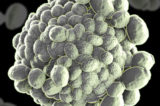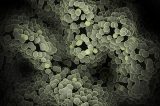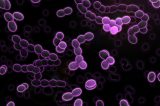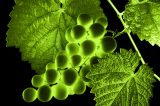
The crucial step for a successful alcoholic fermentation in wine – Wine Yeast Rehydration
Wine Yeast Rehydration
Proper wine yeast rehydration is necessary because grape must is a very hostile environment with its low acidity, high sugar and osmotic pressure, and nutrients or micronutrients limitations is a big challenge for any yeast to conduct AF. Quality, fault free wine is related to a successful AF, and that comes with taking good care of your dry wine yeast. The Under Investigation explains why and how, and how rehydrating your yeast is key, and especially with a protector like Go-Ferm Protect Evolution. UI Protection and Rehydration ENG
Optimal wine yeast nutrition with Stimula Chardonnay™ for maximum aromatic expression in Chardonnay wines
Wine yeasts are able to produce volatile aroma compounds from precursors found in the grape musts. Despite this ability, the wine yeast needs an adapted nutrition management (type of nutrient and timing of addition) that will maximize this secondary metabolism. Work done in collaboration with INRA (Montpellier, France) has shown that the type of nutrient, and the timing of addition during alcoholic fermentation has an important impact on the production of fermentative aroma compounds. Stimula Chardonnay™ has been shown to maximize specific aroma compounds in Chardonnay wines
UI Stimula Chardonnay 2019 ENG USA

Biocontrol agents against Brettanomyces
The contaminating yeast Brettanomyces is a problem, notably for red wines. This yeast is very opportunistic and can survive and multiply in difficult conditions throughout the life of the wine. Hygienic conditions and microbiological controls can inhibit its growth, but will not eliminate it. The goal then is to limit its development, which will in turn limit the production of volatile phenols. The use of SO2 is the preferred method to control its development, however there is a recent trend to reduce the use of SO2 in wine, as well as a general increase in wine pH, which reduces its efficacy. Moreover, there is a great variability in the resistance of SO2 among different Brettanomyces yeasts. The inoculation with our selected natural bacteria is a good option to protect the wine during the fermentation process, and new studies also show their potential to protect wine during the ageing steps against Brettanomyces re-contamination
UI #4 Biocontrol MLB ENG

Nutrienst and Protectors Under Investigation 2nd Edition
Stimula ChardonnayTM
StimulaTM is a new range of 100% yeast autolysate formulated to supply the optimal levels of amino acids, sterols, vitamins and minerals known to optimize the aromatic metabolism of the yeast. Stimula ChardonnayTM is particular rich in biotin, B6 vitamins, magnesium and zinc which optimize the volatile ester biosynthesis by the yeast. Use Stimula ChardonnayTM at 40 g/hl at the first 1/3 into the alcoholic fermentation to enhance the biosynthesis of aroma compounds and support the bioconversion of precursors to volatile esters until the end of the fermentation. The addition of this new product makes a significant impact on the flavour profile of the wine. Keep on reading our Nutrient and Protector Under Investigation edition no. 2 for more details. UI Stimula Chardonnay 2019 - ENG

